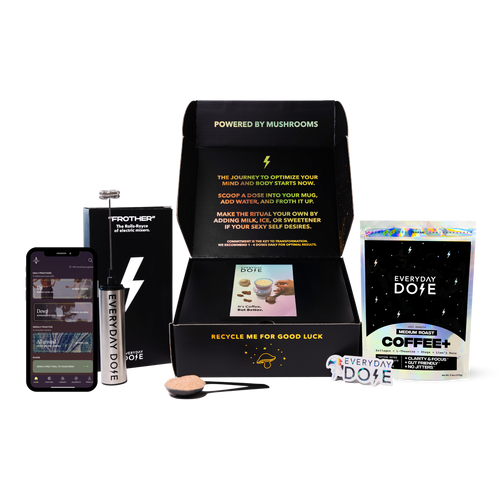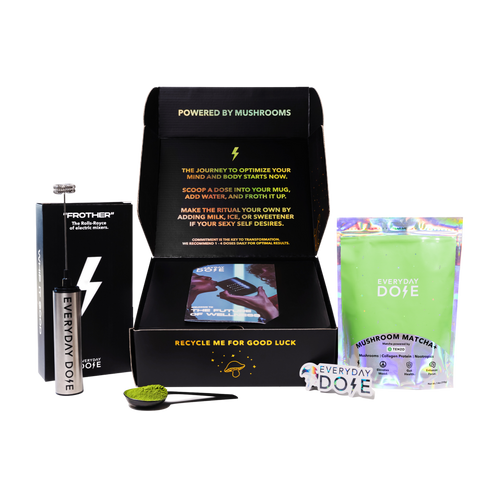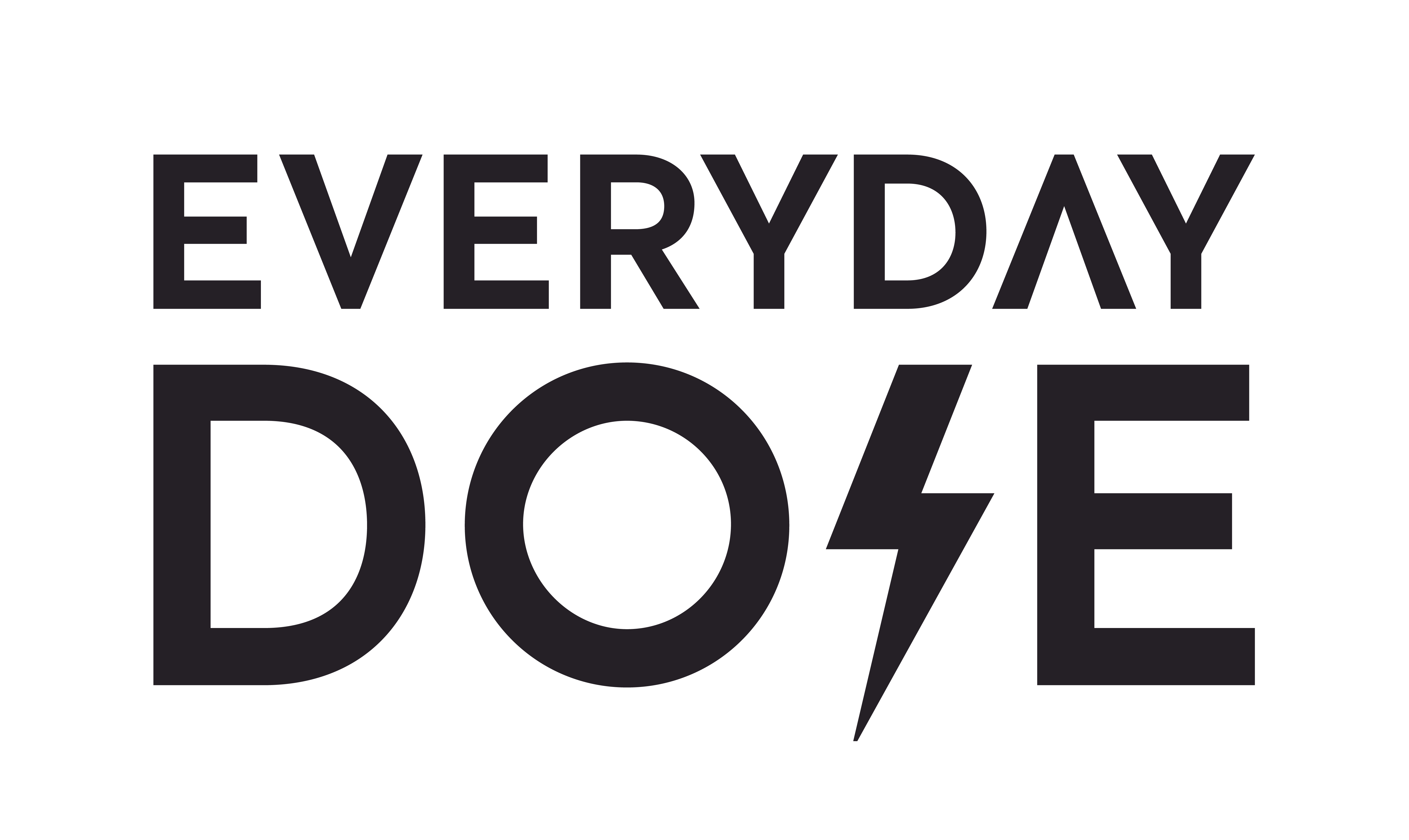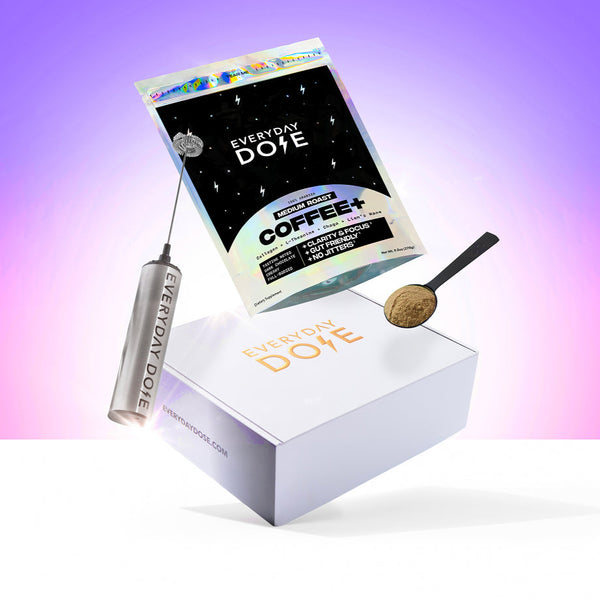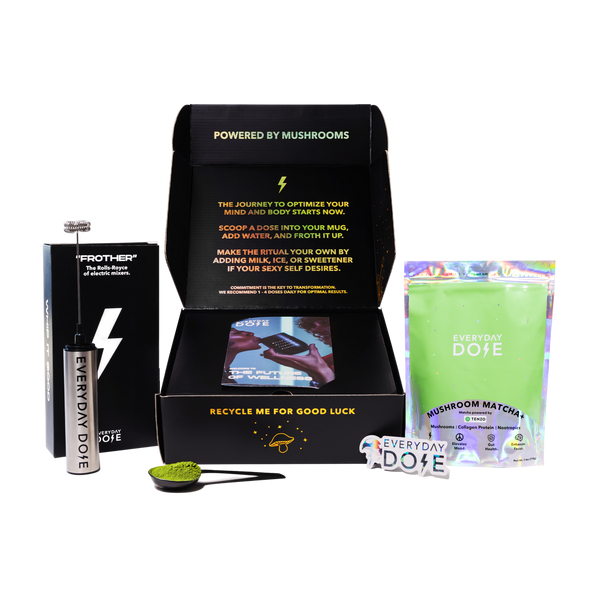Our Favorite Beginner Gym Workout

First of all, congratulations on working up the motivation to get into the gym. That’s already half the battle! Don’t worry, you don’t need to know what every lever and pulley does on day one.
What you do need is a simple, science-backed beginner gym workout that won’t leave you hobbling out of the building. In this article, we’ll discuss exactly how to start, what to do, and how to avoid common newbie mistakes.
Gym 101: What To Know Before You Get Started
Before diving into your very first beginner gym workout, let’s get some basics straight. The truth is, building strength and confidence isn’t about going hard every single day — it’s about consistency and recovery.
Research suggests that beginners do best with two to three full-body strength sessions per week on non-consecutive days. This gives your muscles (and your nervous system) time to adapt without frying your energy levels.
Another key starting point is safety. That means warming up, starting with light weights to make sure your form is correct, and knowing the difference between good muscle burn and bad joint pain.
It’s also important to set realistic goals. For instance, you might want to feel stronger after a month or be able to do a push-up from the floor. If you go in expecting a movie montage transformation, you might not keep the motivation to stay in the gym.
And remember, recovery counts just as much as lifting. Sleep, hydration, and rest days are all a part of the plan.
What Are Reps and Sets, and How Many Should You Do?
Reps (short for repetitions) are how many times you perform an exercise in a row — say, 10 squats. Sets are how many rounds of those reps you do. For beginners, research shows the sweet spot is usually eight to 12 reps for one to three sets per exercise. This setup is heavy enough to build strength and muscle, but not so heavy that you can’t move the next day.
Now, let’s talk about progressive overload. Basically, it means gradually making your workout harder over time so your body keeps adapting. You can modify your workout over time to increase the weight, add a set, slow down your tempo, or improve your range of motion.
The key is not jumping ahead too fast. If you can comfortably do 12 reps with great form, that’s your green light to add a little weight next time. Just don’t go from five-pound dumbbells to hoisting the heaviest barbell in the room overnight. Small, steady increases will get you stronger and keep you injury-free.
Our Favorite Full-Body Beginner Workout
Now, let’s get to the good stuff. Here are some exercises we love to recommend to those who are brand-new to the gym (or getting back into their workout rhythm after a hiatus).
1. Goblet Squats
Three sets of 10 to 12 reps
Hold a dumbbell or kettlebell at chest height, feet shoulder-width apart. Push your hips back and bend your knees to lower as if sitting into a chair, keeping your chest upright and heels grounded. Drive through your feet to stand tall.
Muscles Worked : Quads, glutes, hamstrings, and core.
2. Incline Pushup
Three sets of eight reps
Place your hands on a bench or mat and keep your body straight from shoulders to knees (or heels, if you’re going for a full pushup). Lower your chest toward the surface with your elbows at about 45 degrees, then press back up.
Muscles Worked : Chest (pectorals), shoulders, triceps, and core stabilizers.
3. One-Arm Dumbbell Row
Three sets of 10 reps on each side
Stand next to a bench and bend over — your hips should hinge at a 45-degree angle. Place one hand on a bench and hold a dumbbell in the other. Pull the weight toward your hip, squeezing your shoulder blade, then lower with control.
Muscles Worked : Lats, rhomboids, traps, rear shoulders, and biceps.
4. Romanian Deadlift
Three sets of 10 reps
Hold two dumbbells in front of your thighs with your knees slightly bent. Hinge at the hips to lower the weights down your legs until you feel a hamstring stretch, then return to standing by driving your hips forward.
Muscles Worked : Hamstrings, glutes, lower back, and core.
5. Dumbbell Overhead Press
Three sets of eight reps
With dumbbells at shoulder height and your palms forward, press straight overhead until your arms are extended. Slowly lower to the starting position, keeping your core braced throughout.
Muscles Worked : Shoulders (deltoids), triceps, upper chest, and stabilizing core muscles.
6. Plank
Two sets of 30 seconds
Rest on your forearms and toes, keeping your body straight from head to heels. Brace your abs, squeeze your glutes, and hold position without letting your hips sag or rise.
Muscles Worked : Core (abs, obliques), shoulders, and glutes.
Warm-Ups and Cool-Downs — Are They Important?
A proper warm-up increases blood flow, wakes up your nervous system, and reduces your risk of injury. On the flip side, a cool-down helps bring your heart rate back to baseline and keeps post-workout soreness at bay.
Here are some warm-ups you can try:
- Light cardio (brisk walk, easy cycling, jump rope).
- Dynamic stretches (leg swings, arm circles, torso twists).
- Mobility drills (hip openers, shoulder rolls, cat-cow stretches).
Start with two to three minutes of light cardio to get your blood moving, then spend another three to five minutes on dynamic stretches and mobility drills.
Now, here are some cool-downs you can try after your workout is over:
- Light walking or cycling (two to three minutes).
- Static stretches (hamstring stretch, quad stretch, child’s pose, chest opener).
- Breathing exercises to calm the nervous system.
During your cool-down, hold each stretch for about 20 to 30 seconds, focusing on the areas you just worked. For instance, you can stretch your legs after squats, your chest and shoulders after pressing, or your back after rows. Pair it with hydration and maybe a light snack with some protein (such as our collagen-packed Mushroom Coffee+) to really set yourself up for recovery.
Plus, your body needs extra protein to build muscle after each workout. Some people use whey protein while others use collagen, but remember — it’s all about what works best for you.
The Bottom Line
Starting a beginner gym workout doesn’t have to feel like surviving an obstacle course. With a clear plan, smart progressions, and attention to form, you’ll build strength and confidence without burning out.
Just remember that consistency beats intensity in the long game, and rest days are just as important as your training days. And if you’re looking for more tips on how to get your body as healthy as possible, visit the Everyday Dose blog today.
Sources:
Evidence-Based Physical Activity Recommendations: Part 2 | MSU Extension
Start your day
The Right Way

